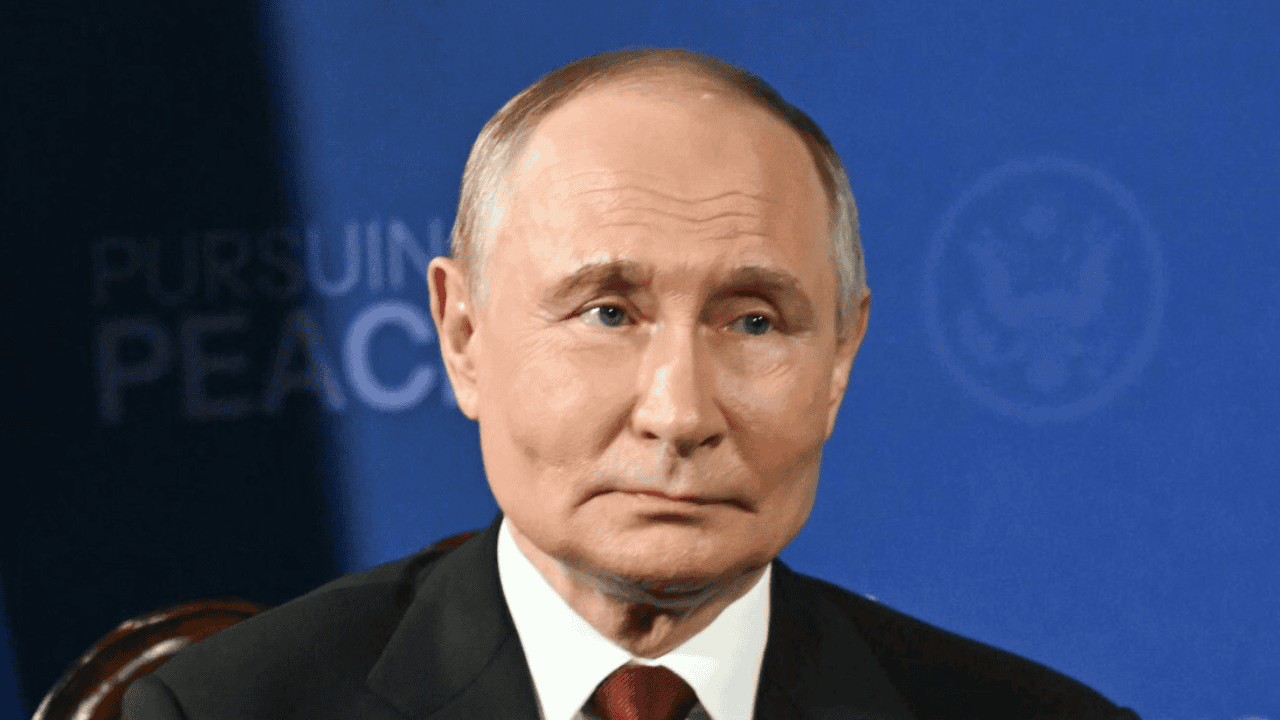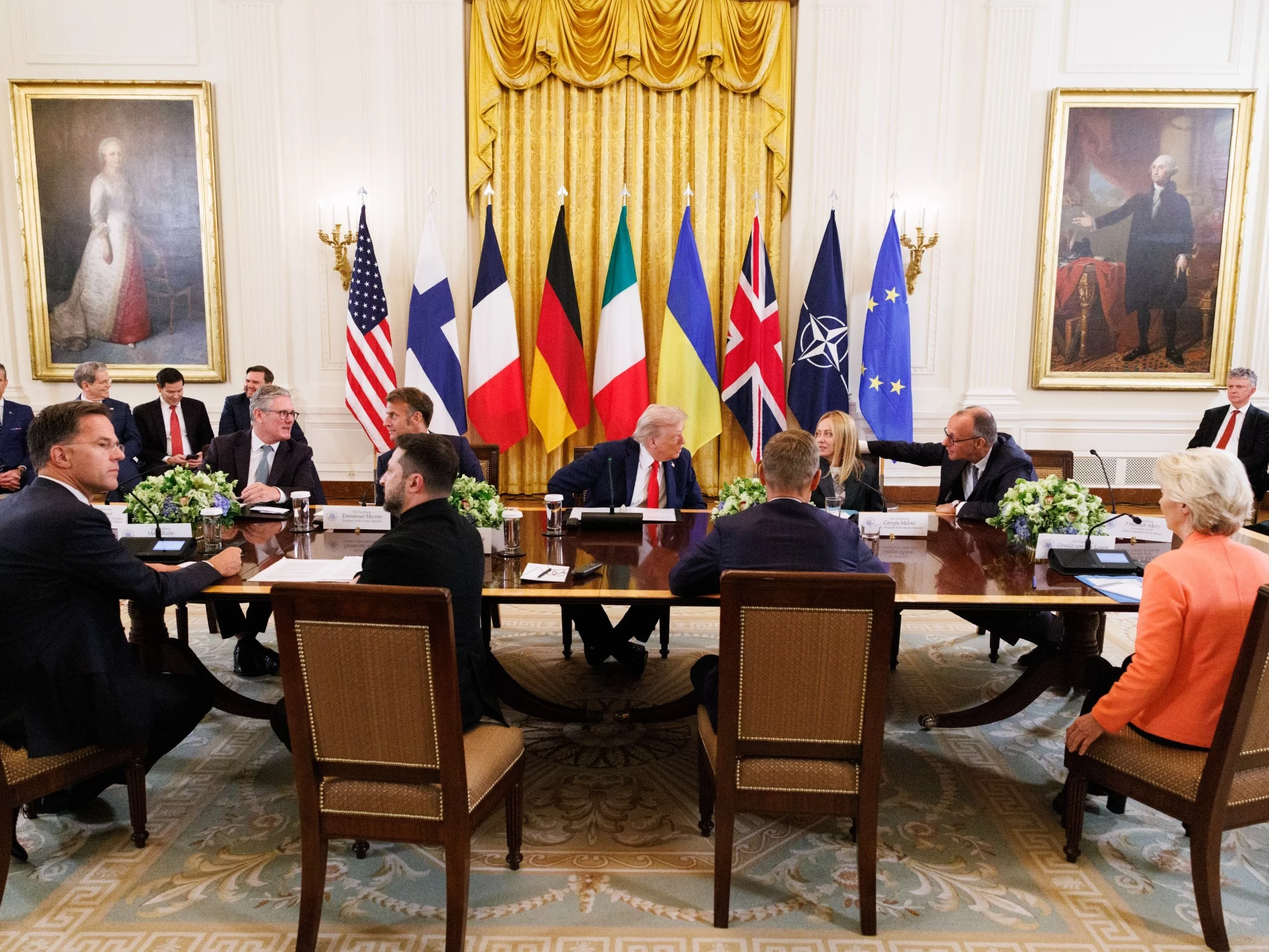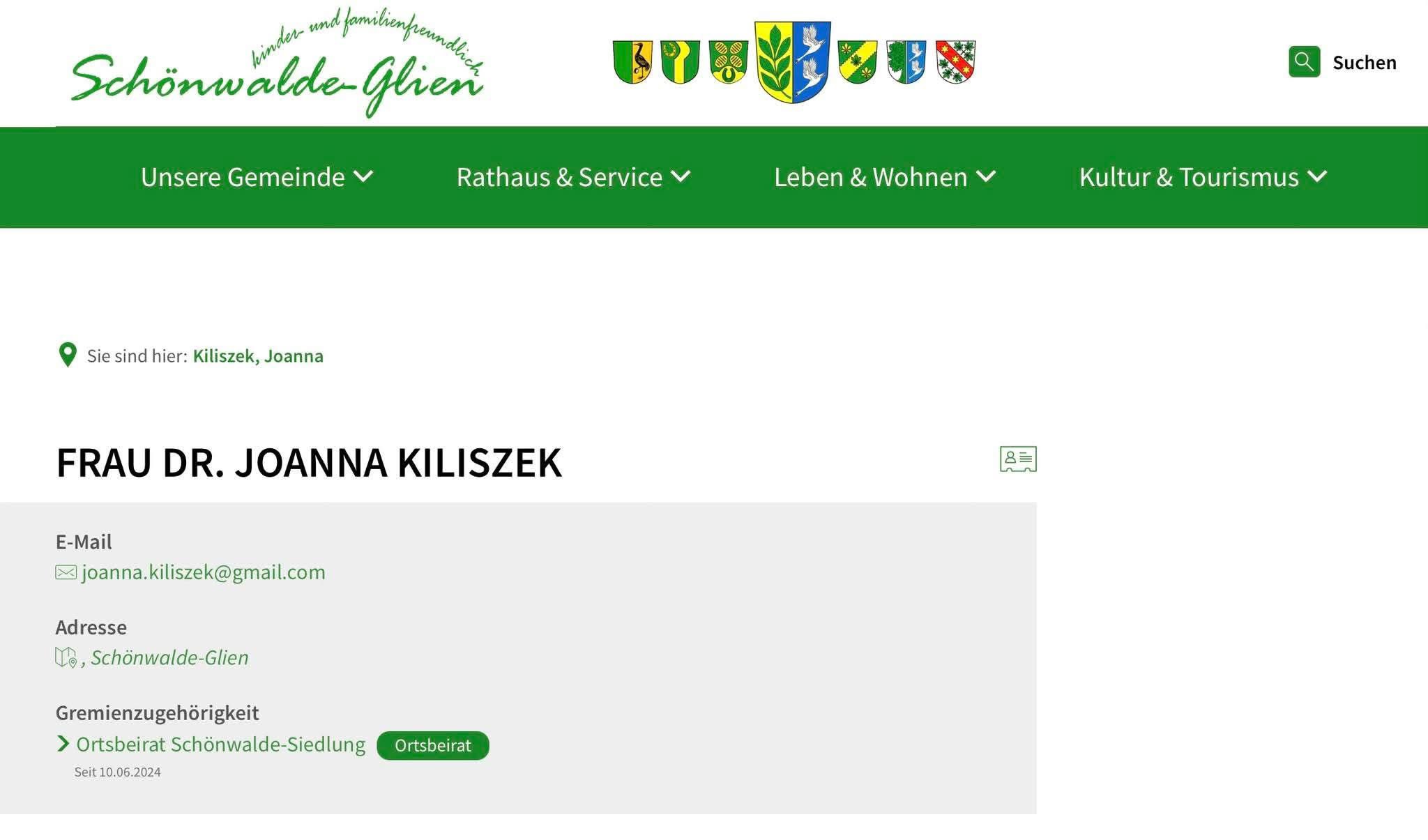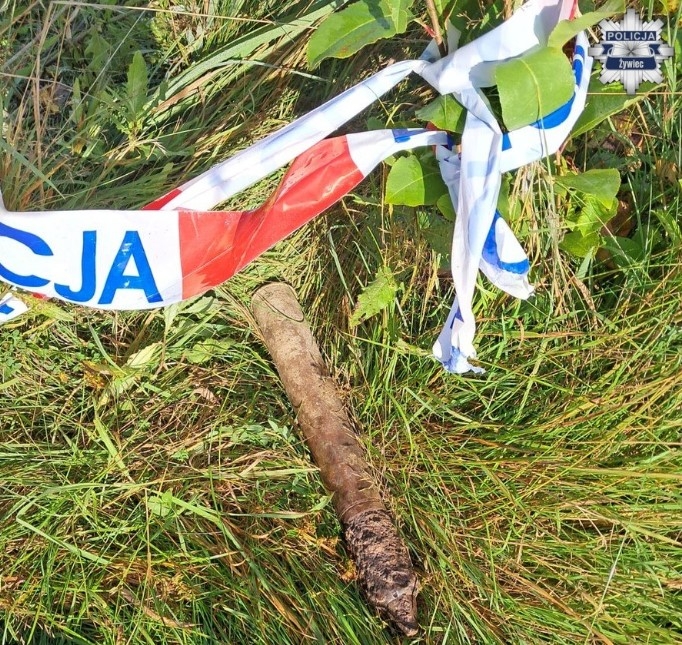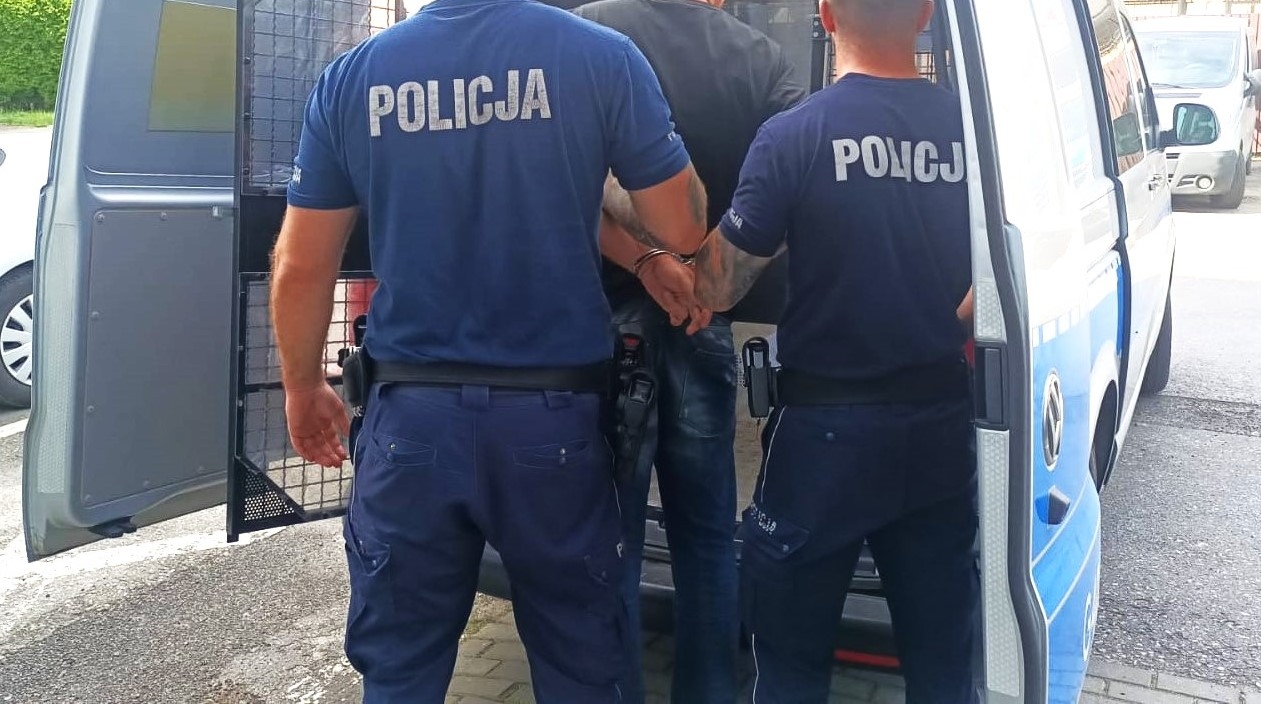SEPTEMBER 17, SIBIRAK DAY
Aleksander Szumański – editorial board of the Kresowy Service
Especially for blogmedia24.pl
For members of the Sibirak Union, September 17 is simply a peculiarly painful date. This day deprived them of everything – freedom, homeland, home, loved ones. all year, in a smaller and smaller group, they meet at anniversaries, make bundles of white-red flowers and light candles under monuments, on graves and in memorial sites. The Siberians have their own anthem.
The Hymn of the Union of Sibiraks – “March of Sibiraks”
Of the cities of the border, the east settlements and villages,
From residences, white manors and huts
We are inactive on our way to the Independent,
They went with tenaciousness, over 200 years.
They extended the way of the Tsaric executioners,
Through Siberia he led the shortest trail
And the Confederates walked in chains
They could have meant Polish...
From Kościuszkowska Insurance, from the uprisings of two,
Schools, barricades of Warsaw and Lodz:
Konrad’s spirit floated
And he led us on our march to Poland.
And we walked and walked – decimated!
Through the taiga, steppes – a tangle of roads!
And we were walking and walking – invincible!
Until “The Miracle on the Vistula” God has given us!
Of the cities of the border, the east settlements and villages,
Schools, offices, tenement houses, and huts:
We go back to the Independent,
It's like a take from 20 years ago.
Because since September, 17th,
It was a long way to go again:
Through the ice from under the North Pole,
Through Lubianka, through Katyn Forest!
On the Inhuman Land again Polish Treat
They've marked nameless crosses...
We weren't stopped by a red executioner,
Because Poland is coming closer and closer!
And we walked and walked – decimated!
Though the enemy wanted to divide us with betrayal...
And we went through the People's – undefeated
Until Free Poland came back God!!!
Marian Jonkajtys author
"In the Siberian White Jungle" by the Lviv Institute (gathering poems } – Marian Jonkajtys
A ellipse of martyrs of the twentieth century, a white crematorium, eleven months of winter 1 period of summer.
Many of the prisoners prepared for transport to Kolyma were associated with the island behind the Arctic Circle. Meanwhile, the word Kolyma covers a immense area of the river basin of the same name falling into the Ice Ocean (East Siberian Sea). It flows from the foothills of Czerski Mountains.
In the vast area of the river basin, over 2.5 million square kilometres, the cruelest and largest russian camps were deployed. It was almost 8 times larger than the current territory of Poland.
The area of these camps was bounded from the west by the Wierchojan and Czerski Mountains, from the east by the Bering Strait, separating Asia from America (Alaski); the northern boundary was the waters of the Ice Ocean, confederate by the Ochocki Sea (part of the Pacific Ocean). This region includes the east part of Jakutia, the Chabarovian Country, the Magadański Oblast and the Republic of Czukotsk.
Climately, it is simply a region of the Arctic Circle, an eternal frost (a perennially frozen soil, thawing only in the summertime to a depth of 60 – 100 cm) with alleged cold poles in Wierchojansk and Ojmiakon, in which the temperature reaches minus 70 oC. In the south, a taiga extends in the valleys of rivers, on the Czukotsky peninsula – tundra.
The wheel has highly abundant mineral deposits, especially gold – a symbol of its wealth. In addition, there are ores of tin, lead, platinum, coal, uranium and another valuable minerals.
Since there was no labour force in this area to extract gold and another natural resources, the russian authorities in the early 1930s applied the method tested in the Solowiec Islands, the exploitation of the free labour of prisoners. This work, as in the russian strategy of the GULAG, was besides of ideological significance: an chance was given to prisoners to redeem their wines through work in correction camps.
The slave labour of the prisoners was deadly. In the mines, they worked 12 hours, 2 shifts. The standard for 1 shift was very advanced erstwhile extracting gold – for each prisoner it was 15 g pure gold.
In the event of her failure, which frequently happened, the hungry portions of bread were reduced. Due to the advanced mortality of prisoners, reaching 80% of the state, fresh transports of possible gold collectors were inactive being sent. Prisoner transports came from the depths of the russian Union, as well as from the satellite countries.
The prisoners themselves built camps among the taiga. They were mostly immense tents calculated as 100 people, which were covered with moss for warming. Inside, a furnace was placed from an iron kerosene barrel. Despite this, the indoor temperature in the shelter was around 20 oC. The food was hungry. deficiency of clean clothing and low temperature decimated the prisoners. Fatal diseases were pneumonia, typhoid and diarrhoea caused by dysentery, as well as various frostbite of fingers, hands, etc. all year, tens of thousands of disabled people left the Circle. Whoever survived the winter was considered a hero.
Despite the influx of mass transports, there were inactive no hands to work. After the end of planet War II, russian authorities directed erstwhile Red Army soldiers to the lullaby camps who were interned in Nazi camps as prisoners of war. The Soviets treated them as traitors to their homeland. After their liberation from POW camps, they were transported to Moscow, where they were transported to Kolyma.
The first Poles – prisoners of the 20th century – were sent to Kolyma in the late 1930s. At that time (from 1935 to 1938) a large purge was held in the USSR. Arrests of Poles were carried out in Belarus and Ukraine and in the larger cities of Russia, where there were large groups of Poles. Prisoners were sentenced to 7, 10, or 25 years of camp. Sentenced to the death penalty, the punishment was changed to 25 years of camps by grace.
The next wave of Polish prisoners was on Kolyma after the ZSRS took over the east Borders of the Republic in September 1939.
Arrests and exports continued from 1944 to 1949. The safety service of the Polish People's Republic was liable for this. Warsaw insurgents, youth, especially scouts, members of the AK and another independency organizations were arrested and the NKVD was handed over. The detainees were mostly charged with paragraphs of the celebrated Art.58 of the russian Penal Code, the "failure of their homeland", "spying" and "diversary". Ships who were sentenced to many years of punishment were transported by transport to Kolyma.
After ZSRS's aggression against Poland hundreds of thousands of Polish residents of Kresów were resettled, any of them to Siberia (such as Kazakhstan).
On June 14, 1941, a russian action against the population of Lithuania began on the night of the war. About 30,000 people were taken out in the first week. Between 1941 and 1952, the Soviets exported about 132 1000 from the country, and 28,000 were killed on May 21, 1947. The Central Committee of the russian organization adopted the secret provision “On the formation of collectives in the Baltic republics” – “Spring 1948” – exports codenamed “Spring” were the second wave of exports and the largest specified action in the postwar russian history. The 3rd phase of the cleanup is the action “Autumn 1951”, 4,000 peasant families – 16,150 people – “enemies of collectiveisation”. These were not alleged repatriations, but messengers into Russia (e.g. 39,766 people were taken to Buriacka Mongolian Autonomous SRS).
Anatol Krakówcki, a prisoner of Kolyma, writes: “A young man, a boy, was riding with us. He wasn't 16. He came from Hajnówka and was a advanced school student. 1 time, erstwhile he was standing by the grate, he slipped out of behind his shirt a medal and a scapular. The defender reached for the abrupt movement through the grate and tried to break up the scapular. The boy immediately realized, spit in the guard's face and moved away. Silence fell in the carriage. We trembled, what repressions would fall on the boy. Meanwhile, the defender wiped his face and began to discuss God. He says there's no God. He says no 1 has seen God.
– Did you see God, asshole?
And then a wonderful answer came out. There was an electrical light on the car.
– You are the fool – says the boy calmly – Do you see this bulb?
I can see that.
– Is it glowing?
– Of course, it's glowing.
– So you see a light bulb and you see it lit?
I can see that.
– Do you know what makes that light bulb light?
- Electricity.
– So cut, you idiot, and look inside! Can you see electricity? Can you see what she looks like?’
“ Over the years, I have repeated this conversation to myself all erstwhile in a while. There on the wheel, in the taiga, if there was an opportunity, I screamed out loud. In the barracks, I kept it quiet. Don't forget. To compose it 1 day. I wrote... (Anatol Krakówcki "Book on the Wheel", London 1987).
The convoys, the young recruits of the NKVD, who carried out replacement military service in Kolym were a major threat to the Kolymian prisoners. They were put into their heads to defender “fascists.” They acted like armed sadists. They fired at prisoners on all occasion: violations of regulations, sloppy work, etc., without warning. They got bonuses for it.
The Kolymian camps were the largest of the concentration camps in the world. In the cruelest, inhumane conditions, prisoners died there, with no hope of gaining freedom. Death in war was not terrible; the most terrible was death in Kolyma.
erstwhile Stalin died in 1953 and fresh leadership of the organization and state was established, the liquidation of the collective camps and the release of prisoners gradually took place.
It is estimated that over 20 million people died in russian camps. Of this, Kolyma consumed about 2 million lives. actual data on the victims of russian camps are unknown and will most likely never be known / according to Wacław Wasilewski – based on the historical diary “Independence and Memory” 1996 No. 6.
But nature was primarily a contributor to drama, a origin of enslavement; there was no escape from it. The unpaved taiga, endless steppe, wetland, or uptrodden rivers were seen as successive policemen guarding the exiles, instilling their sense of powerlessness and hopelessness, of failure and failure in this immensity ... the nature of Siberia was the origin of physical suffering. In the common combination appears in her image the sulfurous frost and snow. These attributes of the Siberian envoy were annoying in themselves, but the drama of the Polish population consisted in a deficiency of adequate clothing and footwear, which would let for a safe and healthy stay in the cold and snow and performing forced employment activities. In the summer, however, the exiles suffered from annoying insects: swarms of mosquitoes and flies ruthlessly bitten all exposed surface of the body, causing people to despair. There was no rescue from the insects in the apartments either. For a change there were bugs, fleas, lice and cockroaches. The relentless fight with them was only partial and short-lived. The memory of this torment is invariably a component of descriptions of Siberian fate.
The main content of Siberian everyday life was constant concern for a part of bread, and hard work, frequently beyond force. The image of the experiences associated with these phenomena is mostly a sense of the emissary image of Siberia.
Hunger, understood as the most literal, physically experienced, leading to utmost exhaustion, and even death and hunger as a ghost that weighs almost a touchy position over most of the exiles – this is besides clearly established in memory of Polish exiles the attribute of the Siberian garter. any people were dealing with him almost constantly, others only casually, but most likely there was no Polish household that he did not look into the eyes of. Constant malnutrition, and how frequently balancing on the verge of starvation is simply a problem not only of physical experience, but besides of a phenomenon defining the full horror of the situation. As a result, dramatic intellectual experiences took place, they pushed into actions breaking the erstwhile strategy of values, deeds felt at the time as humiliation of themselves. After all, specified a dimension was repeatedly obtained by theft, and this dimension was cultivated by many, especially by children, begging. But this Siberian famine besides had another meanings. Their content marked the heroic conflict of parents to get at least a fistful of food for children dying in front of them, or to lie to each another about household members and to guarantee their own satiety to encourage the kid or parent to consume the last part of bread or the last potato. Siberian hunger is besides a phenomenon triggering gestures of human solidarity, gestures gaining value in saving lives. All this consisted of the image of Siberia and Siberian gehenna of Poles in an equally crucial way as descriptions of landscapes or places of residence.
Siberia is for most diaries a place of slave or almost slave labor. Cut down taiga, float and woodworking, working in mines – these are the most frequently described, sometimes very detailed, forms of exploitation of Polish exiles. For people who were forcibly torn from their household homes and taken out into an unknown hostile world, performed under duress was primarily an component of enslavement, and the territory chief, the supervisor, the president of the collective farm, became a symbol of the system. At the same time, however, work was a basic origin of livelihoods, though frequently not adequate to survive. It besides became a platform of any integration with the environment: to a comparatively tiny degree in the north until the summertime of 1941, on an highly large scale in Kazakhstan, but after alleged amnesty besides in another areas. In its course and in connection with it, the exiles entered into various relations with fellow workers of different nationalities and cultures. It was besides an chance to learn about the mechanisms of functioning of the russian economy, the mentality of the russian employee, the skills of management staff. All these elements can be found in images drawn by the hand of the journalist-Sybirak....
The experience of alien space, perceived as an enemy and threatening, was intertwined with the experience of a fresh status—the position of a man enslaved, for which this space, both in a physical and intellectual sense, individual and group sense, was a "house of captivity." The fresh natural scenery and the fresh social environment were interpreted from the point of view of the enslaved man and the man belonging to a different culture. Already seen during the journey, the sense of the immensity of the Siberian land, deepened at the site of forced settlement, was intertwined with a sense of helplessness in the face of a captivating system. This immensity was felt as a origin of destruction, as an component of misery and demolition to the man cast there. She composed herself together with the appalling misery of everyday existence and frequently heard assurances from various officers of the strategy that Poles came there “to die”. On the another hand, aesthetic sensitivity, including the beauty of nature, even the dangerous and hostile one, is simply a kind of test of civilization, at least in European culture...
Even if there is an image of a thaiga feeder in relations that has become a rescue by delivering forest fruit, bird eggs, or even birch juice as an antidote to scurvy, the necessity to usage this function is proof of degradation, hunger, poverty. The expedition to the Siberian taiga runo, despite the usage of the same words to describe it, had nothing to do with the idyllic image of mushroom harvesting, or collecting berries in the woods close the household home or with vacation experiences. It was a grim necessity dictated by the conflict for endurance in the most existential sense and at the same time a kind of confrontation with a dangerous component ...Descriptions of landscapes in exile literature frequently exposure the absence of desirable qualities. Terms specified as infinity, immensity, immacity include the aspect of negativity. Especially erstwhile this image is contrasted by a reminder of the household pages ... The memory of that “normal” was opposed here, “unnormal”. In memoirs, even though they were written in the vast majority after returning from the "other world", there is frequently this motive for the collision of memory content with the real environment ...
Siberia is simply a place of collective experience, where the personally experienced suffering was intertwined with national suffering, it was part of national martyrdom. The second appeared in 2 time perspectives. The first one, current one, includes the time measured from the time of the first export in February 1940, and in it is straight located the diary itself, his relatives, friends, Poles and Polish citizens persecuted by the USSR. The second, historical, treats the war deportations as another link from the Bar Confederates starting the chain. The exiles from 1940-1941 did not erstwhile trace their predecessors, but most likely not those facts, but the image of Sibiru and Sibirak's myth, which functioned in their consciousness, determined to bind themselves and the destiny of past generations following the same paths. In this sense, Siberia was not an unknown land. This historical Sibir was permanently recorded in the national tradition, his image being passed from generation to generation, perpetuated in school education, literature and painting. The legend of the Siberians grew with it. What was the real social distribution of cognition about Siberia and Polish relationships with it highly hard to say, and this is not an interest here. However, it seems that beyond the intelligent circles it was cognition rather mediocre and could not be otherwise. It consisted of respective images written in the school textbook, any thought of reproduction hanging in school alternatively than at home, sometimes an oral household message. In groups with a higher level of education, reading in literature, about surviving contact with the artistic culture, this cognition was not only wider, but besides different, due to the fact that the terrestrial or intelligent environments, about the noble chief pedigree, were at the same time a bearer of the memory of the insurective past of the nation and related Siberian martyrdom. And now the sibirac destiny of another generation of Poles was fulfilled. In many diaries, this component can be felt more or little clearly, frequently carrying any sense of national destiny, sometimes pride in belonging to this multigenerational chain and in entering yourself into History.
This martyred image of Siberia in both its temporal dimensions had clear references to the problems of Polish-Russian relations, giving them first of all the dimension of the victim-persecutor relationship. The attitude towards the exiles can be claimed primarily on the basis of the accounts of the deportees themselves, so it is primarily a image of the reception by Poles of attitudes and behaviours towards them, specified as were stored in their memory.
It should be added that it is peculiarly susceptible to silence and distortion, or mitigating descriptions and assessments of phenomena in this area, or on the contrary, exacerbating them. Diaries alternatively reluctantly talk about treating themselves in a humiliating way, demeaning human dignity. They are more likely to mention to the full group, and if to the individual, to a 3rd party. possibly it is simply a kind of embarrassment to be treated in specified a way, not so much to dispel it from memory as to dislike the publicizing of akin experiences. In general, diaries clearly separated the attitude of authorities and various functional workers of russian institutions and companies from the relation of average people, and this division did not always coincide with a affirmative or negative assessment of that relationship. At the same time, differences can be observed in the behaviour and attitudes of the local population depending on their nationality. Far from being identical to the opinions of the exiles about the respective national groups, this complicates the image obtained. In the end, they seem to have determined the circumstantial characteristics of individuals and the conditions under which common relations developed. The behaviour of Poles themselves was not insignificant....
In the memoirs of Polish exiles, another inhabitants of Siberia appear primarily in the context of regular activities, the conflict for survival, possibly as the realisers of slavery. Contacts with the local population in the case of those deported to Siberia were very limited until the summertime of 1941. The majority of them lived in separate bundles. The situation changed after the alleged amnesty erstwhile a large part of those who remained in Siberia at all moved either to urban centres or to collective farms. There, however, they encountered the Russians and Ukrainians most often, and so those groups they had already had contact with. With another indigenous people of Siberia, who could draw the attention of Poles to a much greater degree with their exoticism, contacts were sporadic and more frequently afraid individuals than communities. They seldom produced a wider reflection in their memoirs. Contact with the local “foreign” is primarily recorded in the level of his attitude towards the situation of exiles. Diaries contain quite a few information about simple people and strategy officers, about their beautiful and vile deeds. However, the place of residence as a context of these relations is not essential, for it would be hard to prove the difference between Siberia and another parts of the empire. However, there are comparatively fewer attempts to describe local communities in the image of ethnological observations, which were abounding in many 19th-century diaries, as well as many war memories from Kazakhstan or Uzbekistan.
The image of Siberia emerging from exiled relationships is multifaceted and multilayered. highly interesting in the layer of description of nature and social surroundings, it besides hides deep layers of emotions built on dramatic experience. His analysis allows us to formulate conclusions about the planet of old experiences, but above all concerning mechanisms for the formation of individual and collective memory. However, for many years the social circulation of Siberia's emissary image has been highly limited, sometimes not even involving the nearest deportees, but as a consequence of the publication of a large number of Sibirak memories, this situation has already changed. It would be highly interesting to examine whether and how this changed the image of Siberia functioning in Polish society. To a greater extent, it is besides crucial to examine how these ideas have developed in the past in different social and temporal sections.
Research of this kind could bring results interesting not only from the point of view of the place and function of the Siberian problem in the awareness of (especially historical) Poles, but besides crucial for learning about phenomena related to the formation of different kinds of attitudes towards the environment, both native and international. / according to Stanisław Ciesielski 2003 – "Syberia in the eyes of Polish exiles from the years of planet War II". http://sciesielski.republika.pl/sovdep/polacy/syberia.html
Prominent Polish poet Beata Obertyńska, daughter of Maryla Wolska, after the USSR's aggression against Poland, during the russian business of Lviv, in July 1940, was arrested by the NKVD. She was in custody in the notorious Lviv Brigids, then imprisoned successively in Kiev, Odessa, Kharkiv, Starobielsk, yet sent to the Loch-Workut camp. She wrote memories of her destiny in the publication “We Deported” which represents the memories of Poles from prisons, camps and exiles in the USSR in the improvement and selection of Bogdan Klukowski. The survey includes the memoirs of Józef Czapski, Wencesław Grupinski, Gustav Herling – Grudziński, Anatol Krakowski, Beata Obertyńska, Jan Kazimierz Umiastowski.
Here are fragments of Marta Rudzka's “House of Conslavement” / nicknamed Beata Obertyńska / – Rome 1946:
“...in an hour, the full level is filled with a pile of indifferent women. However, there is not a place for all in this tightness, and it is not even on both legs simultaneously. For example, I gotta stand virtually erstwhile on 1 foot, erstwhile on the other, holding my bag in my hands. From the wall, it's cold. I'm hungry and tired and cold to the bone. After 3 hours, we start to rebel. Hitting the door doesn't work.
The full corridor with uncounted keys, it's been banging on the door for a long time, screaming, calling out, swearing. The level is concrete and concrete walls. Everything drips with moisture and smells like human feces. And to this hideous cold place they force 20 cold, tired, hungry women. The seat with its knee tightens the door, locks us in and leaves. It is only after 5 hours, so deep into the night the key is gnawed, the rail stands on the threshold and allows, groups of five, to go under defender in the toilet. individual who hasn't seen a bathroom like this can't even precisely recreate the notion of that hideous thing. We don't care anymore. Right next to the concrete holes, the liquids in the dirty broken shell washroom water. Burned with thirst and hunger, we drink it as it can, either by drawing with our hands or by putting our lips right under the snowy faucets...
...The rushes are struck and cold drag with hula snow here on fire. A sage knocks on the door, drives us impatiently and tells us to get back to her. That's what these cursed concrete cells are called in the thourma. And then the black veil, the complete darkness, the curse, the stench and the vermin of others. There's no air in a Hyclay like this. Lots of underage prostitutes... You from Poland – he asks finally. And you're the ones who have freed me with ironic laughter... and at night I wake up with the cold and the wind blowing distant the canvas window flap. The temperature surge is so sudden, it must have a deeper cause. From the shelter gap he dusts in my face wet dense snow, which is already full of me. How's that going tomorrow? In these rags, holes, half-bonds? I believe... the road won't last long. It lasted 3 weeks. 20 days of rotting in this tightness under the ceiling, 20 days of not washing, not undressing, lice, hunger, cold, tired, midwives. ..” After the German attack on ZSRS Beata Obertyńska, which was subsequently released from the Sikorski-Majski Agreement, joined the Polish Army in the ZSRS under General Władysław Anders. In 1942, she evacuated with Anders' Army to Iran, passed the full Polish Army conflict trail: Iran, Palestine, Egypt and Italy. She served in the rank of lieutenant in the II Corps Education office in Rome. After the war, she settled in London. She published in the diary of Poland and the diary of Soldiers, White Eagle, Fighting Poland, Volunteer, News, Life, Polish Review. She received many literary awards, including the London Universal Review (1967), the Lanckoroński Foundation (1972), the Association of Polish Kombatants (1972), the Jurzykowski Prize (1974). She died on 21 May 1980 in London.
Aleksander Szumański, Alina de Croncos Borkowska Szumańska



